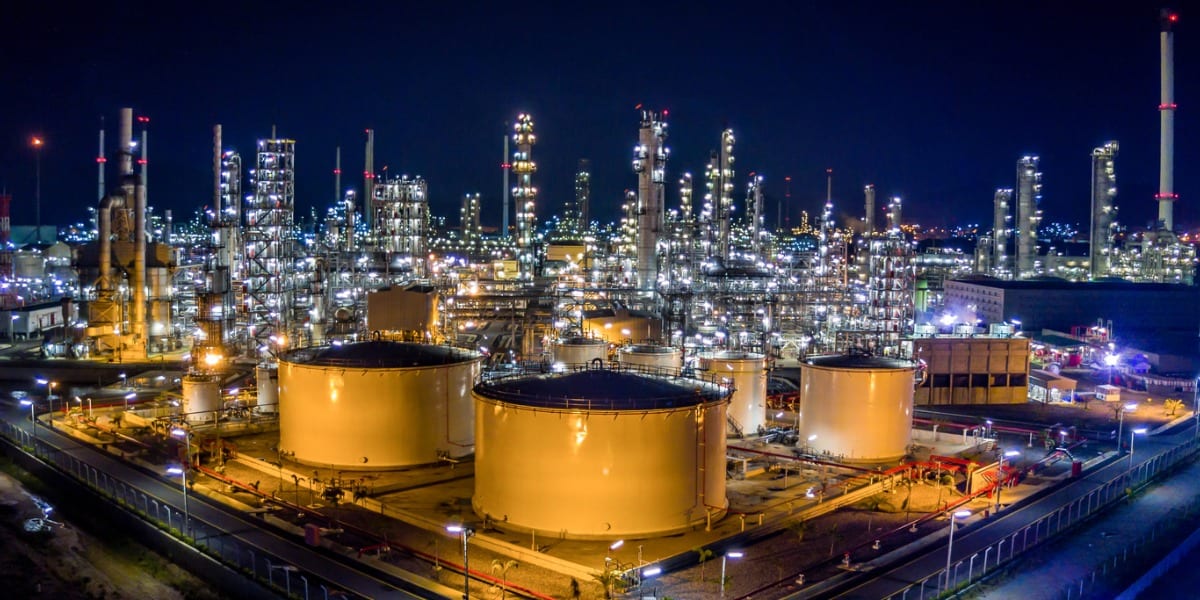2019 was a remarkable year for the EU ETS in many respects. Not only did the Market Stability Reserve (MSR) finally kick in, removing nearly 400mt from circulation, but it was also a year of significant uncertainty regarding Britain’s exit from the EU.
On top of these two factors, we continue to see a big shift in the power sector. As a result of very weak gas prices, the profitability of producing power by gas has drastically increased. In 2019, by our accounts, power production by gas in the EU ETS increased by 150 TWh. This displaced not just coal, but also at times lignite, which together meant the power sector emitted an estimated 75mt CO2 less in 2019 compared with 2018.
Despite this drop in power sector emissions, we can see that the supply and demand balance of the EU ETS will continue to get tighter into the middle of the coming decade. The total number of allowances in circulation (TNAC), which effectively is the EU ETS balance and the figure that determines the amount of EUAs being removed from the market and placed in the MSR, declines from an initial 1,600Mt in 2018 to just 500Mt in 2022.
To understand how such a drastic shift might influence the market, the key is to look at who is holding onto these EUAs and why. The largest holders of this volume are the power generation utilities that currently sit on an estimated 800-1,200Mt of EUAs through forward hedging of their power output. Even without considering other sectors and speculative actors, it is evident that as the balance gets tighter through 2020 and 2021, utilities will need to alter their hedging rate since there will be insufficient EUAs available for them to continue hedging as per normal.
This is already visible in the change we saw in the power forward curve last year, a generally backwardated curve with risk premium at the front that has moved to a steep multi-euro contango. This indicates that power producers are simply not hedging as much of their forward power production as before. Whether this is a result of less thermal production being forecast or a general expectation of more bullish power and EUA prices going forward we cannot know for sure. However, even in a very conservative estimate, the power sector would still hold a full year’s worth of emissions as hedges, or roughly 800Mt EUAs.
Once you add 200-400Mt of inventory sitting with industrials and some 100Mt with speculators, you can clearly see a tight system developing in the second half of 2020 into 2021. So, the total number of allowances in circulation (TNAC), which historically has always been called a surplus, is not really a surplus in the traditional sense but for various reasons is being held on to by different market participants.
As we head towards the start of Phase IV, how can these holders be persuaded to part with their EUAs, and at what price?
Looking first at the power sector, and particularly forward prices, we can see the same trend unfolding for 2020 that we saw in 2019, where the profitability to produce power by gas far outweighs that of coal. So, we should expect to see at least a similar amount of coal to gas switching in 2020 as we did in 2019.
For any further emissions reductions, it is evident that the roll-out of additional renewable generation is simply not quick enough, so we need to rely on further fuel switching. Estimates suggest that we could see a maximum total of 250mt abated at significantly higher EUA prices of €50+. Given local grid constraints and other practicalities however, we are not likely to get close to that number, but more realistically we can expect a maximum volume of fuel switching to be around 150mt.
Could the power sector simply decide to drastically reduce their hedging of fuels, including EUAs? This is possible, but quarterly utility reports suggest that utilities are still hedging within their typical ratio bands.

This leaves us with a big amount of further reductions required over the next few years – can the industrial sector fill this gap?
The two big sectors with the most potential are cement and metals, with annual emissions in the region of 150mt and 200mt, respectively, making up nearly half of all industrial emissions in the EU ETS. We have seen various reports suggesting the cost of abatement projects range from €40-€50/t.
Current abatement projects suggest using hydrogen in the production of steel, reducing the amount of clinker in the cement process, carbon capture and storage, converting blast furnaces to electric arc furnaces and decarbonising the grid. What’s clear is that these projects need a higher EUA price to be economically feasible, and in many cases the technology is not yet developed enough to be rolled out on a broad scale.
Another drastic way for emissions to be reduced is for industrial production to simply move abroad, where there is no price on emissions. However, this will not be the solution for the EU ETS going forward. As part of international carbon discussions under the Paris Agreement, more countries will sign up to their own carbon targets.
Additionally, the EU Commissioner, Ursula von der Leyen, has suggested implementing a carbon border tax to further safeguard this possibility. So in my view, the fear of industrial production simply being moved abroad has been almost fully diminished, and we must face this issue within our borders.
So, we are left with the question: what price must EUAs achieve to stimulate changes in our power generation and industrial processes? Will power producers be willing to drastically reduce their forward hedging rates, or can the industry invent new, cheaper, more efficient production processes? Current information suggests neither of these are likely to arrive quickly enough over the next few years.
Click here for the latest news and features from SEFE Marketing & Trading or visit our homepage to find out about our latest career opportunities.
The views, opinions and positions expressed within this article are those of our third-party content providers alone and do not represent those of SEFE Marketing & Trading. The accuracy, completeness and validity of any statements made within this article are not guaranteed. SEFE Marketing & Trading accepts no liability for any errors, omissions or representations.








